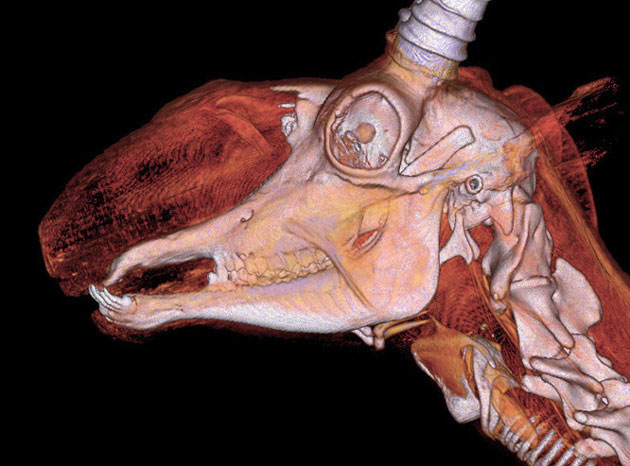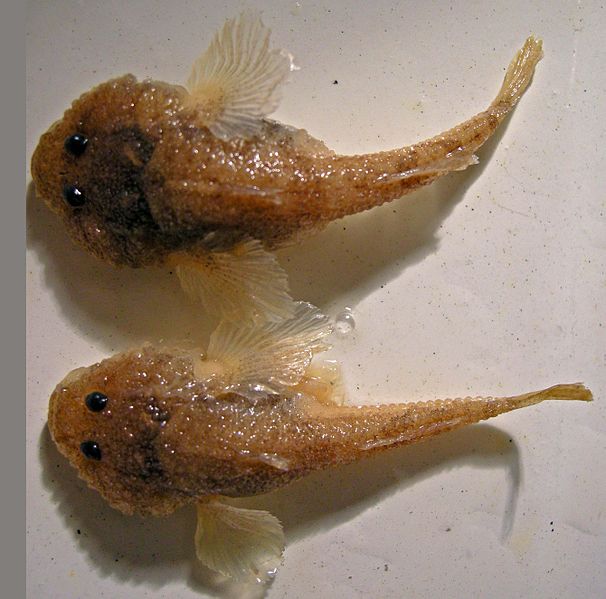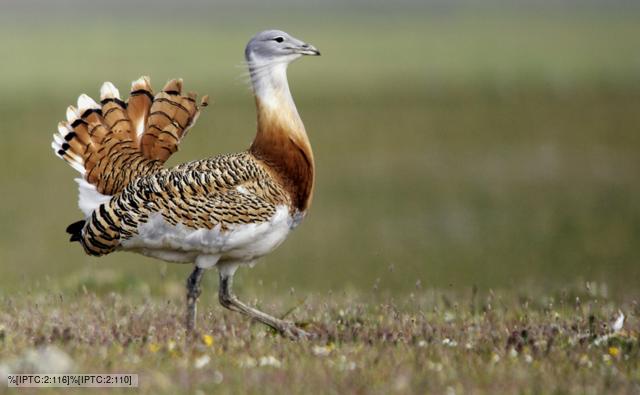Some of you may have seen an internet article
like this one going around recently for a study that was actually published three years ago. But if your local library doesn't have the access to go behind the paywall of
the original article, you might also find yourself being mislead. Here's
a more accurate write-up of it close to the time of publication, and here's
a write-up explaining where the newer misleading ones went wrong. I recommend reading through the comments of the last one; some of them are quite informative.
I first got wind of this study through one of the newer studies. I had a brain fail and didn't check the primary reference (shame on me!) before commenting on a friend's post that I wasn't surprised. The Norse did give us Valkyries and shieldmaidens, after all. And I'd heard from SCAdians with Norse personas that women in those cultures had much more freedom than more stereotypical medieval European societies. But then I saw the post explaining the errors and I was also not surprised. The game of Internet Telephone and bad science journalism strike again...
One of the comments reminded me of something that I've never explicitly stated (and I apologize for not doing so before)—when you hear or read about egalitarian societies of the past (or today)—it doesn't necessarily mean they're egalitarian because they believe in equality. It might be because they don't really have a choice.
<tangent>To bring in another of my bio/paleo analogies, terrestrial vertebrates can be bipeds or quadrupeds, but the description doesn't end there. They can be obligate or facultative bipeds or quadrupeds. There's a difference between an organism being bipedal because it
has to be vs. bipedal because it
wants to be. Raccoons, for example, are quadrupeds normally, but I've seen them pick up food in their front paws and run away on their hind legs. It was more useful for them to be bipedal at that point in time because they could carry more food that way.
</tangent>
In her book, Davis-Kimball recounts some time spent with a modern nomad group. Their chief was a woman. She asked the men what they thought about having a female leader. They looked at her like she was an idiot and told her she was their chief because she was the most qualified to be their chief. End of story.
If you're like me, you probably have a pretty privileged life. Living inside a decent building. Your access to the internet is good enough that you can afford to spend time on it reading my blog instead of doing necessary things like checking if your boss has e-mailed you recently. You can likely go to a nearby grocery store to buy your food. Maybe you even have the fallback of living with your parents if your job doesn't pan out.
But if you live a nomadic life on the steppes, or you're looking for new farmland across the sea, the future quality of your life is much less certain. You can't afford to tell half the population "No, stay home. We'll take care of everything here" or "You can't fight or be a leader because we want you to sew things and cook, even if you aren't terribly good at it". What an individual does is dictated by necessity as much as by their skill. If a male Viking spends all day raiding a nearby village, he's not going to be able to stay home and tend the fields. If your group needs a leader, you pick the best because you may not fare well in the winter if you don't. The way "civilized" society has been set up, we have more leeway with the mistakes we make. Crops didn't do well this year? That's okay. We've got plenty from last year in the freezer.
But having all that leeway means the powerful also have more wiggle room to let their personal preferences creep in. And in Western society, that means assuming males are more competent than females in many jobs and deserve more pay. Now before you counter that the pay gap is false, I've read the same 70% statistic as you and, like you, disregarded it because the study that number came from failed to account for various factors that would cause it to look more serious than it should. I didn't see any reason to believe the pay gap diatribe until I read
this horrifying study. It's in an open access journal, so you have no excuse not to read it.
But if you're in a rush, here's the take-home message (before you go read the full thing later): Give people (male or female; it's so ingrained in our culture that it doesn't matter!) the resume of an applicant for a STEM field position. If the gender of the name is masculine, they are more likely to hire that person, offer them a higher salary, give them more career mentoring, and consider them more competent.
The thing that makes this study so convincing is that the
only thing that changed on the resume was the gender of the name.
Everything else on the resume—the achievements that actually tell you how good a candidate a person is—was the.
Exact. Same. And there have been plenty of other studies showing similar biases (which is why female authors often abbreviate their names).
...So back to my original point—when you read about female warriors of the past, or female leaders of modern nomadic tribes, don't assume it means that society believes/d everyone is created equal. It might just be because they had/ve no choice but to act that way.
Remember the post on the Nart Sagas I linked to? Where there's a prophecy that "one day men and women will live peacefully as equals"? At first glance, it sounds all warm and squishy because it means they accept that it's possible for people to be equal regardless of gender. But also remember that wife kidnapping was a thing there. And forcing an unrelated woman to treat you like a son by doing something that, in our society, is sexual harassment was an accepted practice.
Early Sarmatian (or maybe just Sauromatian, I forget if it stopped with them) graves with weapons may have been 20% female, but that practice died off. By the time you get to Late Sarmatians, there are no more female warriors defending their tribes against the Huns or raiding nearby Roman settlements. And as for that 20% number, again, things aren't necessarily what they seem. Just because someone is buried with an object doesn't always mean they regularly used that object in life. Ancient Egyptians were buried with a book; that doesn't mean they were all librarians.
Like the Book of the Dead, the steppe nomad practice of burying weapons with people could be a ceremonial or religious thing (from what I've read, they did practice a sort of sword worship). Maybe that noblewoman was buried with a sword because her tribe felt that people of note should be buried with a symbol of power. Or maybe their mythology had dead souls paying their way to the afterlife with a sword, like the coins for Charos (note: I completely made that one up; I have no reason to actually believe that). Who knows? One could come up with any number of theories, both substantiated and unsubstantiated. The same goes for the occasional steppe nomad man buried with both weapons and mirrors (normally associated with female graves)—doesn't necessarily mean he was something like a Two-Spirit, which Davis-Kimball suggested. The assumption that grave goods are solely representative of use in life is rife with errors and where Davis-Kimball's book falls flat.
On the other hand, it doesn't mean that every case of being buried with weapons was like that. It is common practice, after all, to bury people with things they were attached to in life. Just remember that's it's not going to be a 1:1 correlation. If you want to be sure about a particular find, look for data like whether a particular sword was worn from use and whether the skeleton shows skeletal pathologies consistent with being a warrior.



 Fast-forward in time to the Sassanian Empire—the last Iranian empire before the spread of Islam. They made seal stamps out of various minerals. People, animals (real and mythical), plants, and inanimate objects were all possible images on the seals. ...So were tamgas. :)
Fast-forward in time to the Sassanian Empire—the last Iranian empire before the spread of Islam. They made seal stamps out of various minerals. People, animals (real and mythical), plants, and inanimate objects were all possible images on the seals. ...So were tamgas. :) And, finally, there was the Ribchester Hoard. The hoard itself is too early to belong to any of the Iazyges Sarmatians that were stationed there, but other, later Roman artifacts were displayed in the same case. And some of them looked to be lifted from the Sarmatians. One of the re-enactment groups I'll talk about soon discussed how Romans
tended to absorb weapon and armor styles from the people they
conquered.
And, finally, there was the Ribchester Hoard. The hoard itself is too early to belong to any of the Iazyges Sarmatians that were stationed there, but other, later Roman artifacts were displayed in the same case. And some of them looked to be lifted from the Sarmatians. One of the re-enactment groups I'll talk about soon discussed how Romans
tended to absorb weapon and armor styles from the people they
conquered.

























